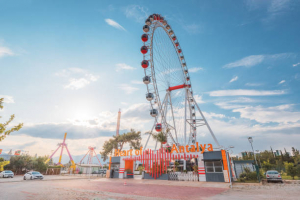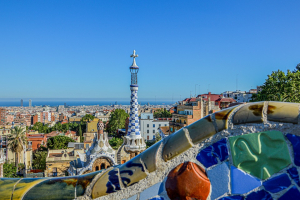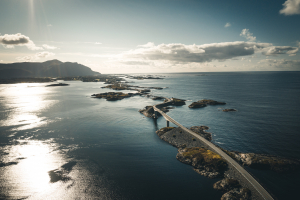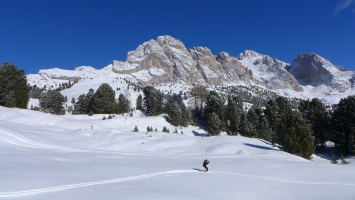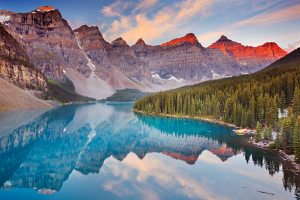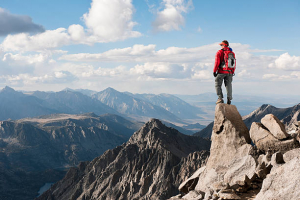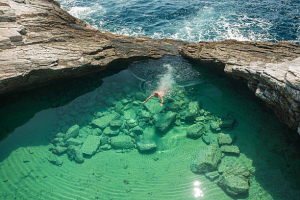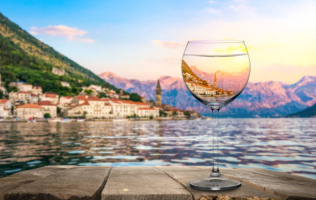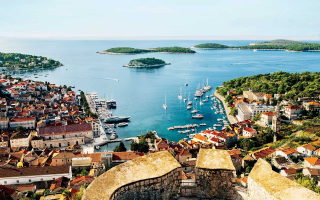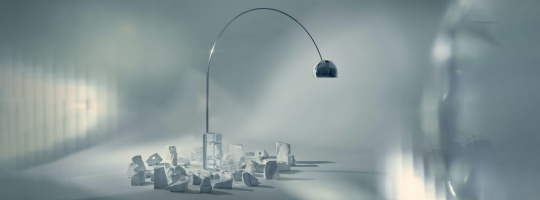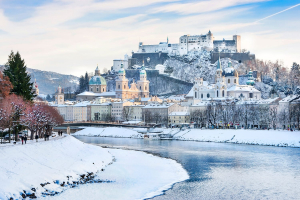Top 10 Best Sustainable Experiences in Europe
People are becoming more conscious of the need of having sustainable experiences in Europe. Many individuals feel that having a sustainable experience may ... read more...assist enhance one's overall quality of life. There are several ways to enjoy a sustainable experience in Europe, and many visitors are seeking methods to make their travels more environmentally friendly. Now, let's take a closer look at the best sustainable experiences in Europe.
-
Traveling near Neamţ entails passing through secular woods, prominent monasteries and hermitages distributed across the highlands, monastic communities, and medieval historical sites. You may also view the fabled bison, which was reintroduced into the natural habitat more than two centuries after it went extinct in the wild. Currently, more than 50 bison wander freely across the land's secular woods.
If you visit the 180-hectare acclimatization enclosure near the Visitor Centre of the Vânători-Neamț Natural Park, you will have a one-of-a-kind interaction with bison. Vânători-Neamţ Nature Park in Neamţ County is the only place in Europe where the bison, Moldavia's heraldic symbol and the continent's largest land animal, can be seen in three different habitats: in the wilderness, in the forest, in semi-freedom, in the acclimatization enclosure at the "Bisons Management Centre", and in the Park's zoo. And you will not be alone; rangers will accompany you as you follow in the footsteps of Europe's biggest terrestrial mammal. Be a result, you'll realize why the renowned bison is referred to as an "architect" of landscapes. Not only that, but Bison Land has been the sole sustainable tourist destination in Romania for years, out of the 100 selected worldwide, in acknowledgment of efforts to conserve the area's cultural and ecological value.
"Bison Land" has already become a preferred location for practicing sustainable tourism based on the preservation and promotion of the local natural, cultural, and spiritual heritage, as well as the uniform distribution of tourist intensity in space, primarily by promoting the inextricable link between nature and spirituality.
Location: Neamt County, Romania
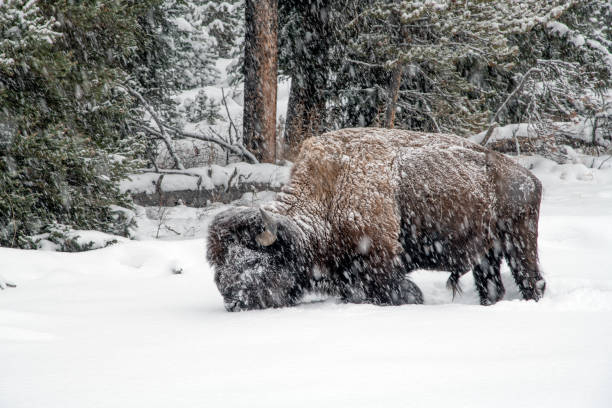
istockphoto 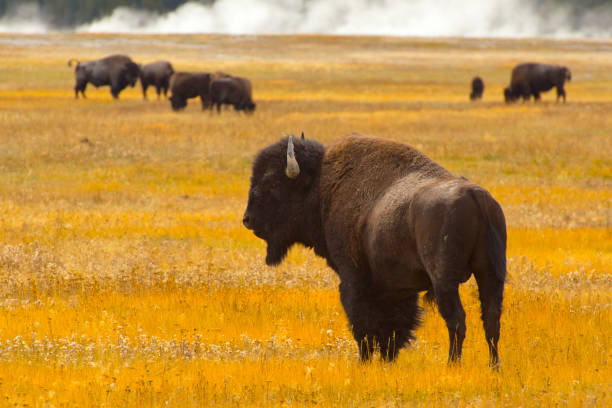
istockphoto -
One of the most popular activities in Faial is whale and dolphin viewing. And there are compelling reasons for this! The archipelago is presently one of the world's largest whale sanctuaries. There are about 20 distinct kinds of cetaceans in the Azores, including resident and migratory species, common and unusual. The figure is astounding, representing one-third of all extant cetacean species. The sperm whale, common dolphins, and bottlenose dolphins are the most regularly spotted animals in the archipelago and may be seen all year.
However, it is possible to see blue whales, common whales, sei whales, spotted dolphins, and even humpback whales at certain periods. Along the trip, you'll see marine turtles, many species of fish, and sea birds like shearwaters and terns. The activity is done on semi-rigid boats or catamarans.
A briefing is provided before to departure to describe the features of the habitat to be visited, the species that may be observed, safety precautions, and the procedures to be followed so as not to disturb marine life. Depending on the weather, it may be necessary to wear trousers and a waterproof jacket (usually provided by the operators). The excursions typically last three hours and are accompanied by guides/marine scientists. Whale and dolphin watching in the Azores is a regulated activity and is carried out by specialized companies that follow a comprehensive set of rules to ensure the welfare of the animals and the preservation of the oceans.
Finally, fulfill a lifelong goal by discovering dolphins and whales in this refuge. If you're lucky, they'll welcome you with their tails. Nature is the true show of Faial, as it is throughout the Azores. Come and feel intense emotions at one of Europe's only real sustainable tourist places.
Location: Faial Island, Azores, Portugal
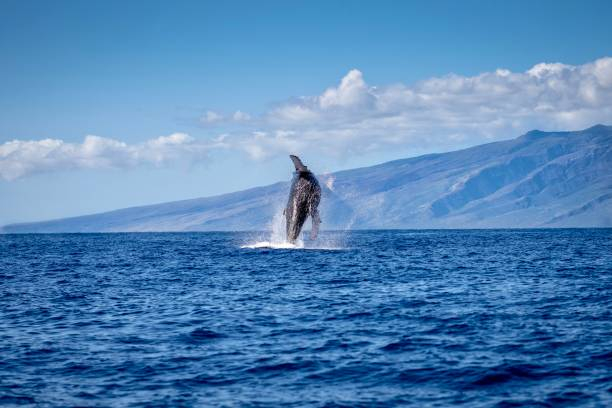
istockphoto 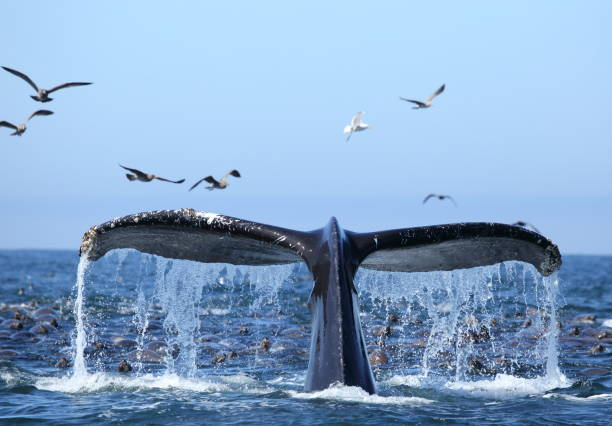
istockphoto -
Among the many natural wonders that Nin has to offer, one of the most significant is the therapeutic mud (peloid), which can be found near the long, sandy Queen's Beach. Thousands of individuals, organized and monitored by a Zadar Health Institution, have utilized the mud for decades to cure numerous conditions like as rheumatic disorders, spinal deformities, muscular and skeletal system difficulties, female infertility, and other skin diseases. The therapy, which typically lasts ten to twenty days, consists of coating the body with mud, basking on the sandy beach, and then washing the mud off with warm sea water. During the months of July and August, this is done in the morning. It is both functional and enjoyable. Swimming and bathing in the warm shallow sea water does wonders.
Nin's mud has been utilized since Roman times. Tegulas, spherical bricks used in baths to transport hot air and currently on display in the Museum of Nin Antiquities, attest to this. But that's not all: the first century Liburnian Goddess Venus Ansotica, who represents the fertility goddess, was discovered on the so-called Punta. The belief is that there was a spa here during the ancient times. Mud is being used as a natural resource in plans to develop a new leisure and tourism center.Cover yourself in mineral-rich mud, observe the birds, enjoy a long romantic stroll through Nin's old center, or simply rest on the beach; vast sandy beaches are one of the ancient towns of Nin and its Riviera's hallmarks. Thalassotherapy is available at an open-air clinic at Queen's Beach. Medical mud treatments and rehabilitation have been used successfully for over 50 years. All of the beaches are beautiful, but Drijac Beach features a wind and kite surfing school.
Location: Nin, Croatia
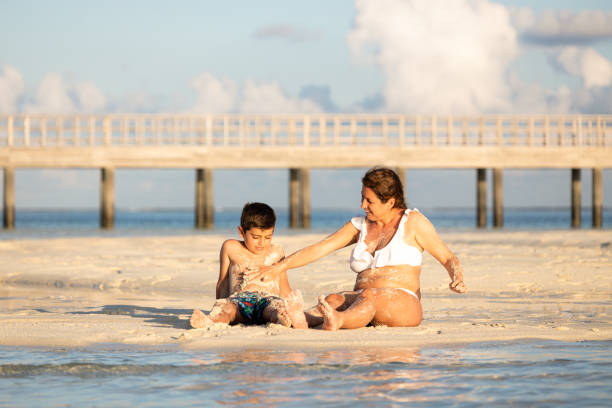
istockphoto 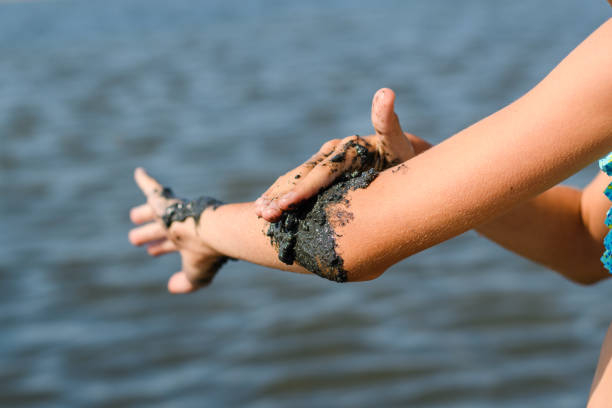
istockphoto -
Every year in the middle of April, the so-called "Moststraße" (Perry Road) glows in a gown of white blooms. For around two weeks, almost one million fruit trees convert the warm northwest of the Mostviertel area into a white sea of blossoms. The sight never fails to impress: Pear trees are in bloom along the 200 kilometers of the "Moststraße", or Perry Road, bringing fragrant white accents to the gentle slopes of the countryside. It's a great delight at this time of year to explore outdoors and absorb impressions on foot or by bike.
Between the middle and end of April, more than 300,000 pear trees convert the western Mostviertel region into an enchantingly white sea of blooms. The season of pear tree blossom is followed by the season of apple tree blossom, which surrounds the landscape in a delicate pink dress even days after the pear tree flower.
Follow the indications along the Lower Austrian Moststraße for the most thorough picture of the flowering nation (Perry Road). The panoramic trip along the Moststraße is a particularly attractive vehicle or motorbike journey. It leads to some of the most picturesque vistas along the blossoming Moststraße. The drive through the so-called Mosthöhenstraße is one of the tour's most picturesque portions (Panoramic Perry Route). It connects St. Peter in the Au, St. Michael am Bruckbach, and St. Georgen in the Klaus. The excursion continues to the Sonntagberg Basilica, which gives spectacular views over the Moststraße hills in the north and the Prealps in the south. You can also return to Seitenstetten via Biberbach. From the town of Kollmitzberg, one can see the whole mountain range, from the pinnacles of Schneeberg to Traunstein, and from the Donauland lowlands to the Bohemian Massif.
Location: Austria
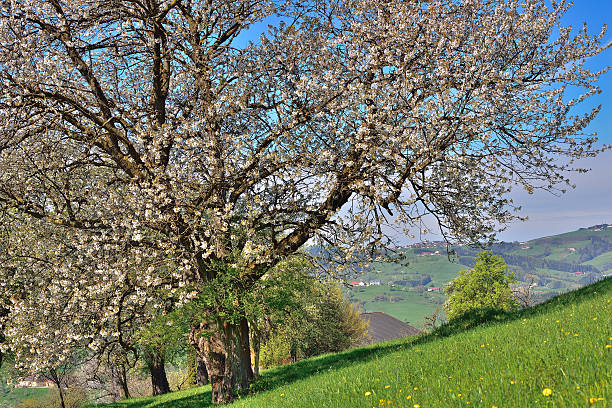
istockphoto 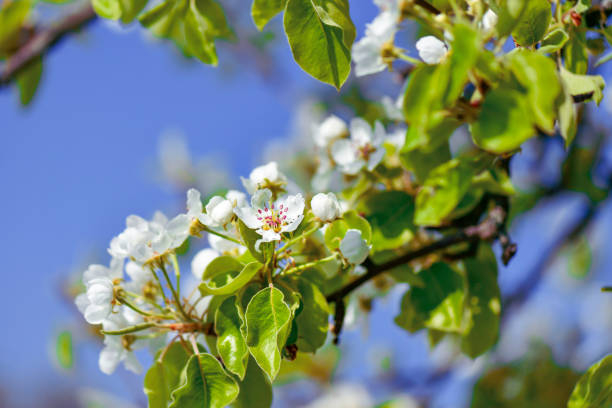
istockphoto -
Seeing bears in the forest of Kainuu will provide you with an extraordinary natural experience! The Wild Taiga provides Europe's greatest site for bear watching. Summer is the finest season to see European wild brown bears since there is ample light to picture these gorgeous creatures all night. Early April marks the start of the bear-watching season. Large, ravenous males are the first to awaken while there is still snow on the ground. Mothers give birth to cubs in the den during hibernation in the winter. They only bring the cubs out once the earth has completely thawed, which is generally around June. The greatest viewing season is from June to September, although it lasts until October.
There are a number of firms in the region that provide beast viewing trips. Visitors to the Martinselkonen Wilderness Centre can view mother bears with their pups, and bear safaris are available at Arola Farm Holidays. The Boreal Wildlife Centre and Bear Centre conduct high-quality viewing and filming trips, while Wildlife Safaris Finland's excursions take you to the heart of Russian wolf pack territory in Finland and Russia's "No Man's Land" border area. Alternatively, guests can participate in self-drive wildlife adventure programs for international tourists and photographers. Although there is no age restriction for sightseeing tours, you must be able to be quiet, thus it is best suited for somewhat older children.
Hossa National Park's rocky wilderness routes and pristine lakes are a feast for hikers and campers! There are several levels and lengths of treks, as well as plenty of room and sights to explore. Hossa National Park has 100 kilometers of marked trails, 60 kilometers of canoeing trails, dozens of sheds and campfire sites, Julma-lky, Finland's largest canyon lake, and the unique Hossa Värikallio rock paintings, which are among Finland's largest prehistoric rock paintings painted with red and yellow ochre. You may learn more about the region and its history by using the guide.
Location: Finland
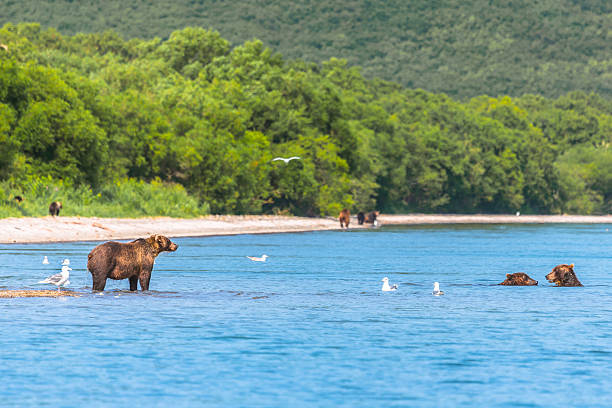
istockphoto 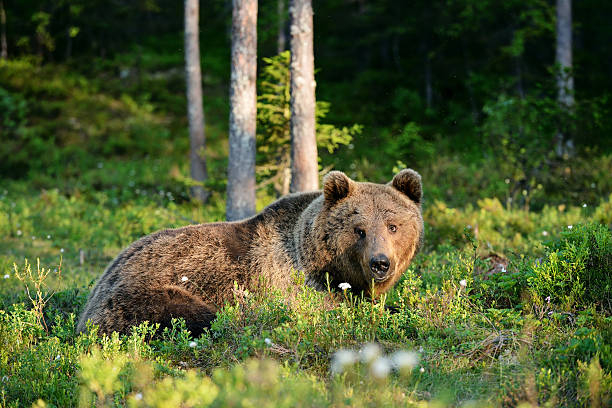
istockphoto -
The ancient Romans, who discovered and established the tradition of thermal baths in Slovenia, understood that happiness enhances your health. The history of thermal springs is carried on today in Thermana Lako and Rimske terme health resorts, backed by a wealth of expertise. Enjoy a variety of health programs based on the healing properties of thermal water.
Honey massage is a sort of soft tissue massage that involves pouring honey onto the region to be massaged. Depending on the method utilized, this form of massage can be highly pleasant or slightly uncomfortable. The masseuse must first ensure that the patient is not allergic to honey before beginning the honey massage. The essence of honey massage is the use of honey as an adhesive agent. The masseuse pours honey onto the region to be massaged, then lays his or her hands on the area to be rubbed, releasing the adhesive from the palms. What appears to be simple at first gets increasingly difficult with each movement as the tension builds. The natural endpoint of the massage is when the palms no longer stick to the area being massaged and the honey fades away from it. The actual duration depends on the type and quality of the honey.
It is well known that honey massage is really beneficial for back discomfort. The energy meridians associated with the internal organs are stimulated during the massage. The stimulation of these meridians, as well as the beginning of the cleansing process, stimulate a powerful revitalisation of the entire organism. The honey massage increases blood circulation in the skin's deeper layers, warming and toning it. It also aids in the clearance of waste materials from the skin and the internal organs, as well as the elimination of discomfort.
Location: Slovenia
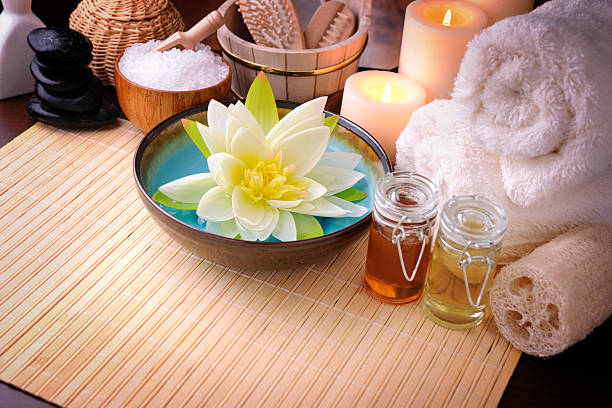
istockphoto 
istockphoto -
The Caldeira Velha Environmental Interpretation Centre is a green haven dedicated to the preservation and teaching of the natural heritage of the Caldeira Velha area, which has been designated as one of Portugal's Natural Monuments. What better way to disengage from social media, business emails, or city stress than to spend a day in a gorgeous natural park with naturally heated thermal pools? Enjoy, unwind, and create wonderful moments. You should go to the interpretation center to understand more about this remarkable natural phenomenon that distinguishes the Azores as a unique destination.
The naturally heated thermal pools are the main reason visitors come to Caldeira Velha Natural Monument. There are three swimming pools. Pool temperatures range from 24 to 38 degrees Celsius. Choose your preferred temperature, then sit back and enjoy the beautiful forest atmosphere. The pools were nice and pleasant during our March visit because it was raining. The pool farthest from the entrance is the coldest, with temperatures ranging from 24 to 28 degrees Celsius. The Caldeira Velha waterfall cascades into this upper lake, bringing warmed water from the valley walls with it. The water spills into a stream below, similar to an infinity pool. This creek provides water to the middle pool.
The pools' water is sourced by hot springs and valley drainage in the surrounding region. Because this water is high in iron, wear dark colors to prevent turning your clothes orangey-brown. There are other hot springs surrounding the pools that bubble to the surface, but they are inaccessible. After a peaceful bath, learn about the area's volcanic history at the neighboring wood-sided structure, which complements the gorgeous, forested backdrop.
Location: Sao Miguel Island, Azores, Portugal
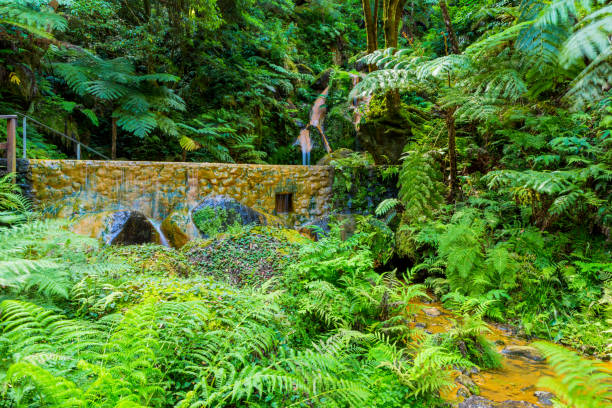
istockphoto 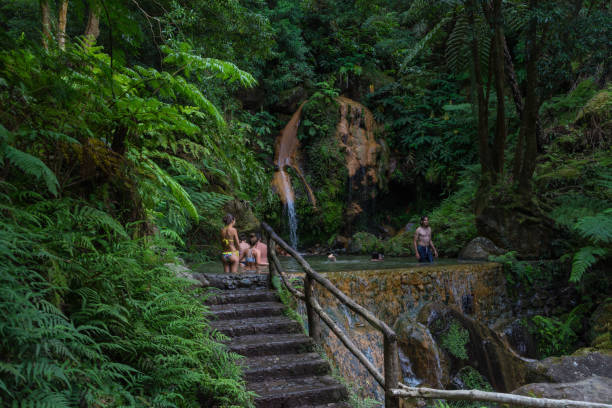
istockphoto -
At the Faial Botanical Garden, you may learn about the plants of Faial Island and the Azores. At any time of year, it is a wonderful site to visit alone or with your sweetheart, family, children, or friends! The Botanical Garden is part of the Faial Nature Park, and its mission is environmental education and ex-situ biodiversity conservation. The Garden, which is open to the public, is a significant scientific, educational, ecological, and recreational resource.
The botanical garden's main center is located in the parish of Flamengos and covers an area of 8,000 m2. This magnificent garden is dedicated to the preservation of the Azores and Macaronesia's natural vegetation. It also protects endangered plants and encourages the reproduction of uncommon species. The Faial Botanical Garden also has a seed bank, which is essential for storing seeds collected around the archipelago. These seeds are dried, cleaned, and kept for the recovery of endangered species.
The Botanical Garden's second hub is located at an elevation of 400 meters in the parish of Pedro Miguel. This is an important location for study and public knowledge of the Azores and Macaronesia's flora. Habitats and species typical of the humid and super-humid Laurissilva are being re-established in this new 60,000m2 region. This location has a great scenic value in addition to its vital scientific purpose.Visit Quinta de So Lourenço, which is located near to the Flamengos Botanical Garden. The property is a former agricultural region with meadows, orchards, and a lovely gardened woodland perfect for trekking. A tiny volcanic crater with short pathways and benches to sit and enjoy the calm can also be found in the center of the forest of So Lourenço. The event is free to attend. Faial Botanical Garden features a cultural and educational program.
Location: Azores, Portugal
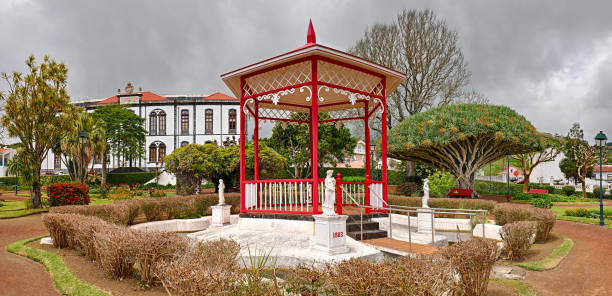
istockphoto 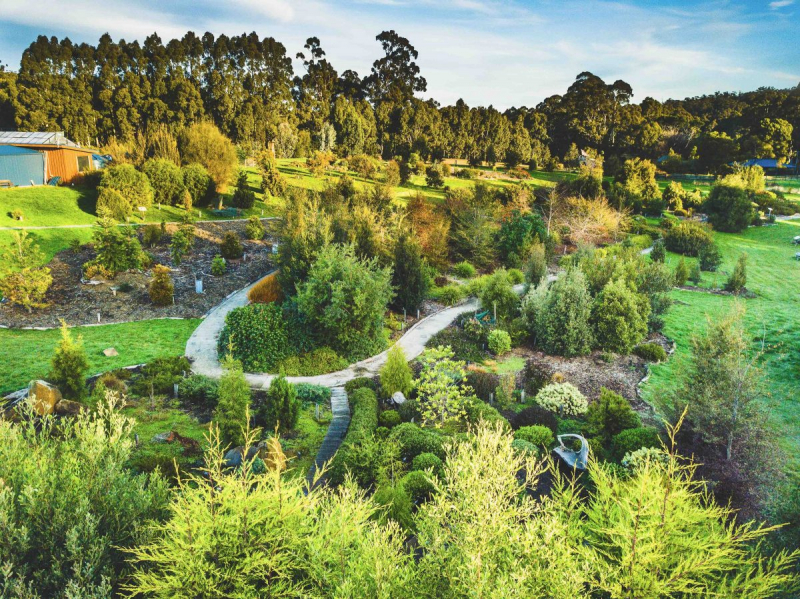
istockphoto -
Marginimea Sibiului, a Transylvanian area, has long been recognized for its shepherds, sheep cheeses, and meat delights. Its traditional goods show not only the richness of its lands, but also the cultural variety of the region. Try the 'telemea,' a fresh cheese prepared from local sheep milk. Marginimea Sibiului cheeses are a major element of the region's gastronomic and cultural traditions, and their variety stems from distinct manufacturing procedures. Local shepherds in the alpine pastures of Marginimea Sibiului continue to employ historical traditions to make various sheep cheese products such as telemea, urda, and cas.
The region is fascinating because the rural life is so honest, pure, and real that it's nearly impossible to imagine that such a culture still exists today. Discovering a magnificent world so distinct from their own and yet so close by is enthralling for travellers. The region is fascinating because the rural life is so honest, pure, and real that it's nearly impossible to imagine that such a culture still exists today. Discovering a magnificent world so distinct from their own and yet so close by is enthralling for travellers.
Location: Marginimea Sibiului, Romania
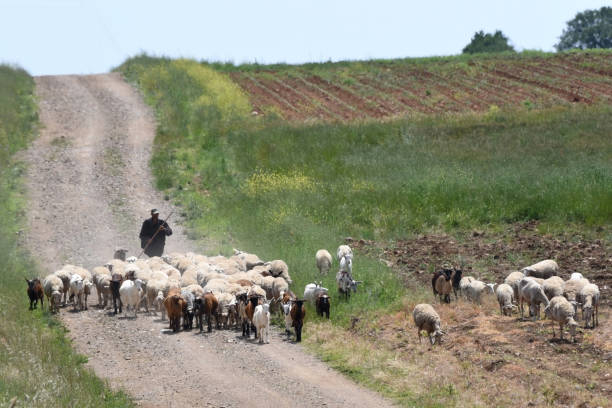
istockphoto 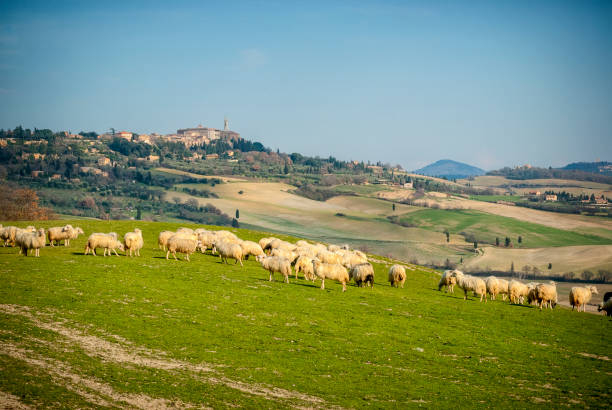
istockphoto -
Wicklow Mountains National Park is Ireland's sole national park on the east coast. It was established in 1991 and is Ireland's largest national park. The park spans over 20,000 hectares of rugged terrain and includes wonderful hill walking, biking, and other routes. It is also a famous tourist attraction. Glendalough and its 6th century monastery ruins are the most prominent attractions inside the park. Glendalough is a glaciated valley, and the word Glendalough means 'The glen of the two lakes'. The ancient monastery complex is located near the upper and lower lakes of Glendalough. It has churches, a Celtic high cross, and a circular tower that is a well-known landmark in the neighborhood.
This is a stunningly beautiful and diverse trek that begins at the Mulranny Park Hotel. There is so much wildlife here that you enter three separate European protection zones and Ireland's biggest National Park. Visit Ireland's lone stand of Mediterranean heather, woods, beaches, rare Machair dunes, Atlantic salt marsh, and Trawoughter Bay's unusual causeway along the route. The journey offers lofty views of the dramatic deep-sided Bellacragher Bay, as well as the spectacular vista of Clew Bay and its drowned drumlin islands set against the majestic Croagh Patrick to the south.
Location: Mulranny, Ireland
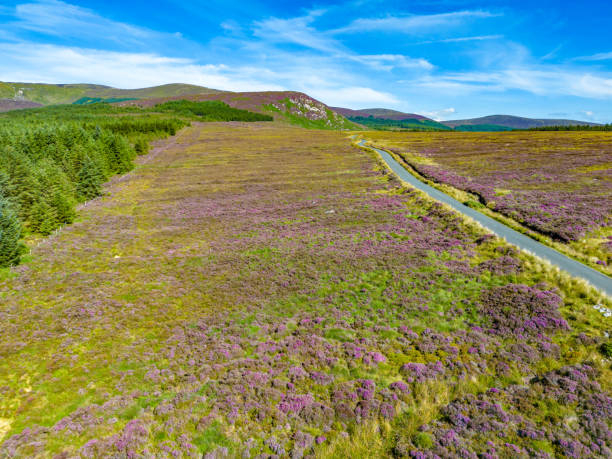
istockphoto 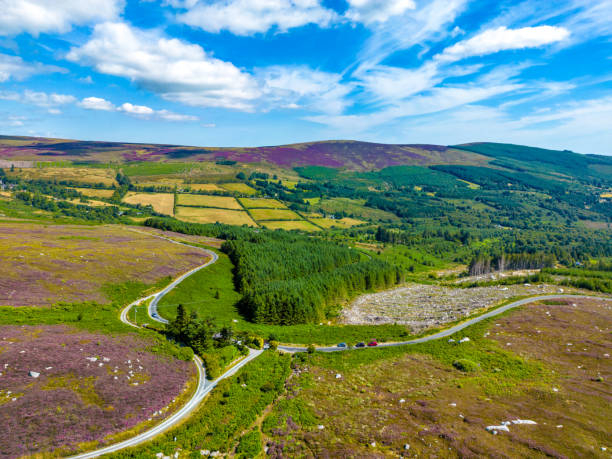
istockphoto














